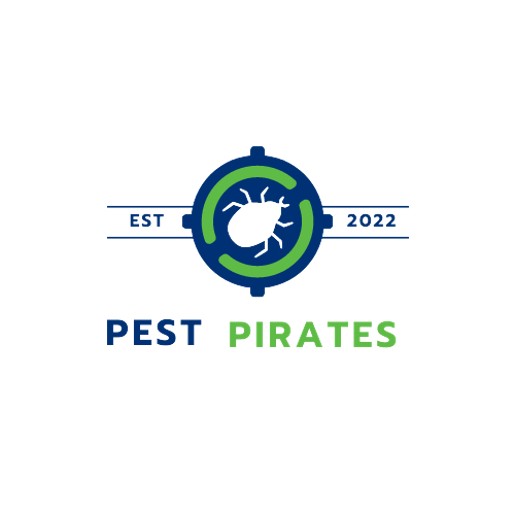
Effective Termite Control Methods
When it comes to safeguarding your home from termites, there are a variety of methods at your disposal. Each strategy offers its own benefits, and understanding these can help you make an informed decision. Here’s a look at some of the most effective termite control methods.
Liquid Termiticides
Liquid termiticides are a popular choice, especially in regions like Mississippi where they have been proven to provide residual control for 8 to 12 years or longer. These termiticides work by creating a treated zone around and beneath your home’s foundation, acting as a barrier that termites cannot cross. Active ingredients, such as fipronil and imidacloprid, are designed to be slow-acting, allowing termites to transfer the poison back to their colony, effectively reducing the population over time.
Borate Treatments
Borate treatments involve applying a borate solution to wood surfaces in your home. This preconstruction treatment targets the lower two feet of studs, sill plates, and framing elements to provide an additional barrier against termites. In areas like Mississippi, it’s mandated that borate treatments be coupled with a final exterior perimeter treatment using a liquid termiticide for enhanced protection (Mississippi State University Extension Service).
Treated Wood
Utilizing treated wood in your home’s construction can protect against termites and wood decay fungi. Wood treated with substances such as alkaline copper quaternary (ACQ) and copper azole (CA) can resist termite attacks. Nevertheless, it’s crucial to avoid direct contact between wood and soil within buildings, as this can provide an entry point for termites.
Termite Baiting Stations
Termite baiting stations, particularly in-ground stations, offer a long-term solution for defending buildings from termite intrusion. They are strategically placed around your property to detect and control termite activity. Although not typically used as a standalone treatment for existing infestations, baiting stations are highly effective for preventive measures when maintained correctly.
Physical Termite Barriers
Installing physical termite barriers, such as termite shields or full foundation barriers, during the initial construction phase can disrupt termite entry and help in detecting infestations early on. Although they don’t offer full protection on their own, when combined with chemical treatments, these barriers can significantly improve your home’s defense against termites (Mississippi State University Extension Service).
By understanding and implementing these termite control methods, you can enhance your home’s defense against these destructive pests. Whether you opt for chemical treatments like liquid termiticides and borate, or preventative measures like termite baiting stations and physical barriers, it’s essential to stay vigilant and consider regular termite inspections to ensure your home remains termite-free. If you’re interested in more natural approaches, explore options like diatomaceous earth or neem oil for termite control.
Long-Lasting Termite Barrier Products
Protecting your home from termites is a serious concern for any homeowner. With long-lasting termite barrier products, you can safeguard your home against these destructive pests for years to come. Let’s explore some of the best options available in the market.
Non-Repellent Liquid Termiticides
Non-repellent liquid termiticides are a popular choice for long-term termite control. These substances are undetectable by termites, allowing them to come into contact with the termiticide and spread it throughout their colony, leading to a more effective and comprehensive elimination of the pest population. According to the Mississippi State University Extension Service, some of the best soil-applied termiticides can provide control for 8 to 12 years or longer, making them a robust option for home defense.
Termite Baiting Systems
Termite baiting systems are another long-lasting solution that works by using cellulose-based bait combined with a slow-acting insecticide. These systems, such as Sentricon®, Exterra®, and Trelona Advance®, are strategically placed around your property to attract and eliminate termites. The University of Kentucky states that termite baits effectively manage infestations, albeit requiring ongoing monitoring by experienced technicians to ensure continued efficacy.
Liquid Soil Treatments
Liquid soil treatments act as an invisible barrier that termites cannot detect, giving you long-lasting protection for many years. These treatments are particularly effective against subterranean termites, which are prevalent in various regions. MightyMite Termite notes that while liquid termite treatment offers powerful protection, the application may involve drilling into floors and foundations, which can be disruptive.
Chemical Termite Barriers
Chemical termite barriers provide a long-term solution that can last up to 8 years. These barriers are ideal for existing homes, especially those built before recent changes in building codes. Pest-Ex suggests that while these chemical barriers are effective, pairing them with physical barriers can enhance termite control effectiveness.
Physical Termite Barriers
Physical termite barriers, such as termite shields, collars, and full foundation barriers, can be installed during the construction phase to prevent termites from accessing your home. These barriers are designed to last and are an environmentally friendly option for termite control. Control Pest Management mentions that while physical barriers do not provide complete protection on their own, they are a valuable component in an integrated pest management approach.
For more information on how to prevent and combat termites, including recognizing the signs of termite infestation, understanding the types of termites, and exploring both chemical and natural treatment options, be sure to explore our comprehensive guides and resources. Additionally, consider scheduling regular termite inspections to maintain a termite-free home.




